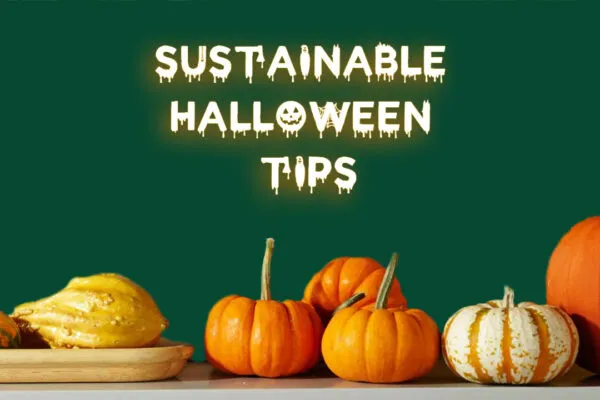Plastic Pollution Stifles the Planet with Toxins, Harms all Life Form
Plastic pollution has become a huge obstacle to the health of the planet and all of its inhabitants. From the depths of oceans and the peaks of the mountains, plastic waste burdens the earth. While the non-biodegradable material is useful owing to its durable and sturdy nature – it has been polluting the water, the air, the soil, and even the food!
The tireless desire of the human race for advancement has created disposable plastic that is an ecological disaster, with the material found from the inaccessible reaches of Antarctica to the gulf of the Mariana Trench. Various studies have estimated that by 2050, there will be a ton of plastic for every ton of fish.
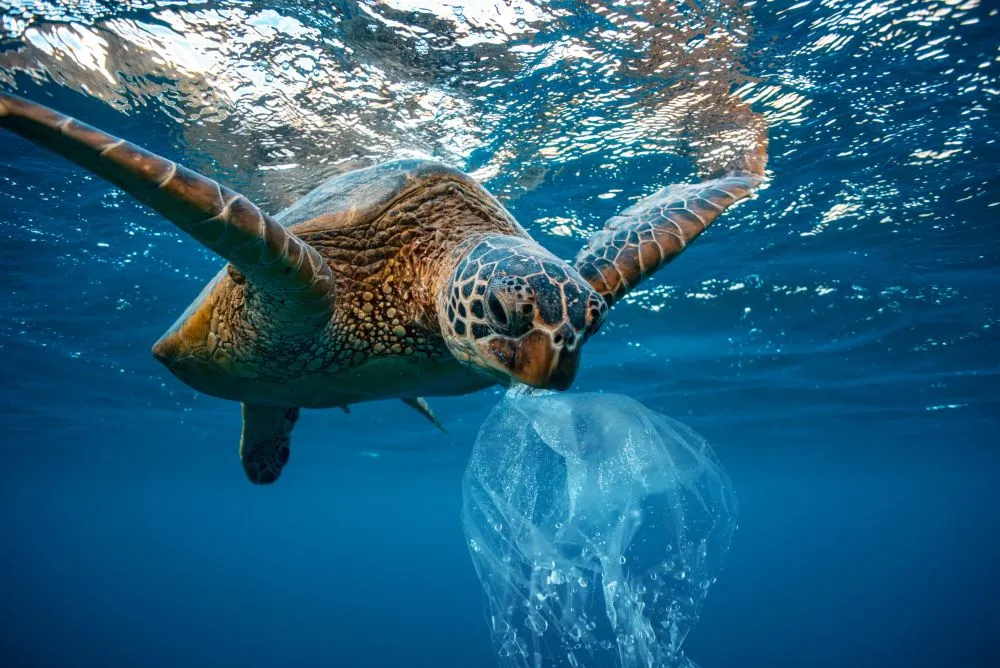
From the depths of oceans and the peaks of the mountains plastic waste burdens the earth | Image: Bustle
While it has become almost impossible to avoid plastic usage from our daily life, it is pertinent to reduce the amount of plastic waste we generate carelessly. Eliminating disposable plastic, being more conscious of plastic consumption, and understanding the benefits of reducing plastic waste are a few ways to help save the environment from this man-made plague.
Table of Contents
What is Plastic Pollution?
Plastic pollution is basically the accumulation of plastic objects and particles such as plastic bottles, bags, and microbes in the environment, harming wildlife, wild habitats, and humans. Plastic particles have been seeping into every nook and cranny of the planet, plaguing everything from air to water.
Plastics are inexpensive and durable, qualities that make them an irresistible option for so many things in everyday life. The chemical structure of this non-biodegradable material makes it resistant to many natural processes of degradation and it stays around for years to contaminate the ecosystems.
Plastic pollution profoundly affects land, water resources, and even air. It is estimated that 1.1 to 8.8 million tons of plastic waste are emptied in the oceans from coastal regions every year. A study estimated that there is a stock of 86 million tons of plastic marine debris in all the oceans of the world as of the end of 2013, with a supposition that 1.4 percent of global plastics generated from 1950 to 2013 have entered the ocean to take a permanent resident there.
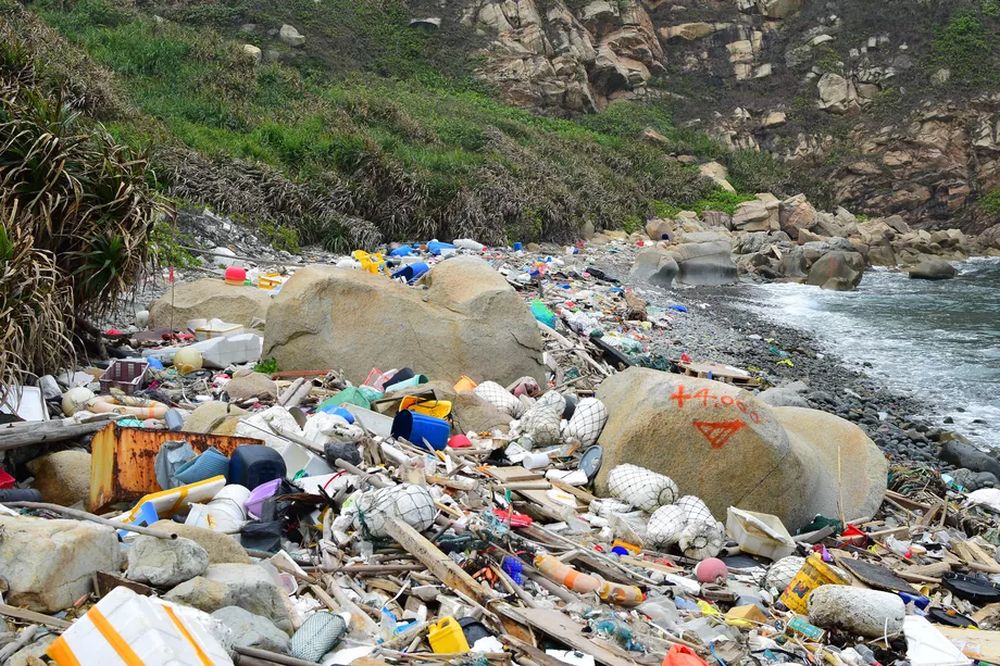
Plastic pollution profoundly affects land, water resources, and even air | Image: Ocean Conservancy
Living organisms, especially marine animals, are known to be harmed either by mechanical effects, such as entrapment in plastic debris, deadly issues related to ingestion of plastic waste, or through exposure to chemicals within the toxic material that interfere with their physiology. There are various harmful effects of plastic pollution on humans that include disruption of various hormonal mechanisms etc.
As of 2018, about 380 million tons of plastic are produced globally every year. From the 1950s up to 2018, an approximated 6.3 billion tons of plastic has been produced throughout the world, of estimated 9 percent has been recycled, another 12 percent was burned, and the rest either ended up in landfills or made their way to the oceans.
The large amounts of plastic waste penetrate the environment, with studies indicating that 90 percent of the seabirds contain plastic debris, which they ingest by mistaking for food. As of 2020, the global mass of produced plastic exceeds the biomass of all and marine animals, collective.
Main Causes of Plastic Pollution
While solving this gigantic problem of plastic pollution may seem as easy as just implementing recycling or cleaning up empty bottles, it is a tremendously difficult task to accomplish. The plastic causing the pollution can range in size from big to microscopic, and there are several major causes of plastic pollution that contribute enormous amounts to the crisis.
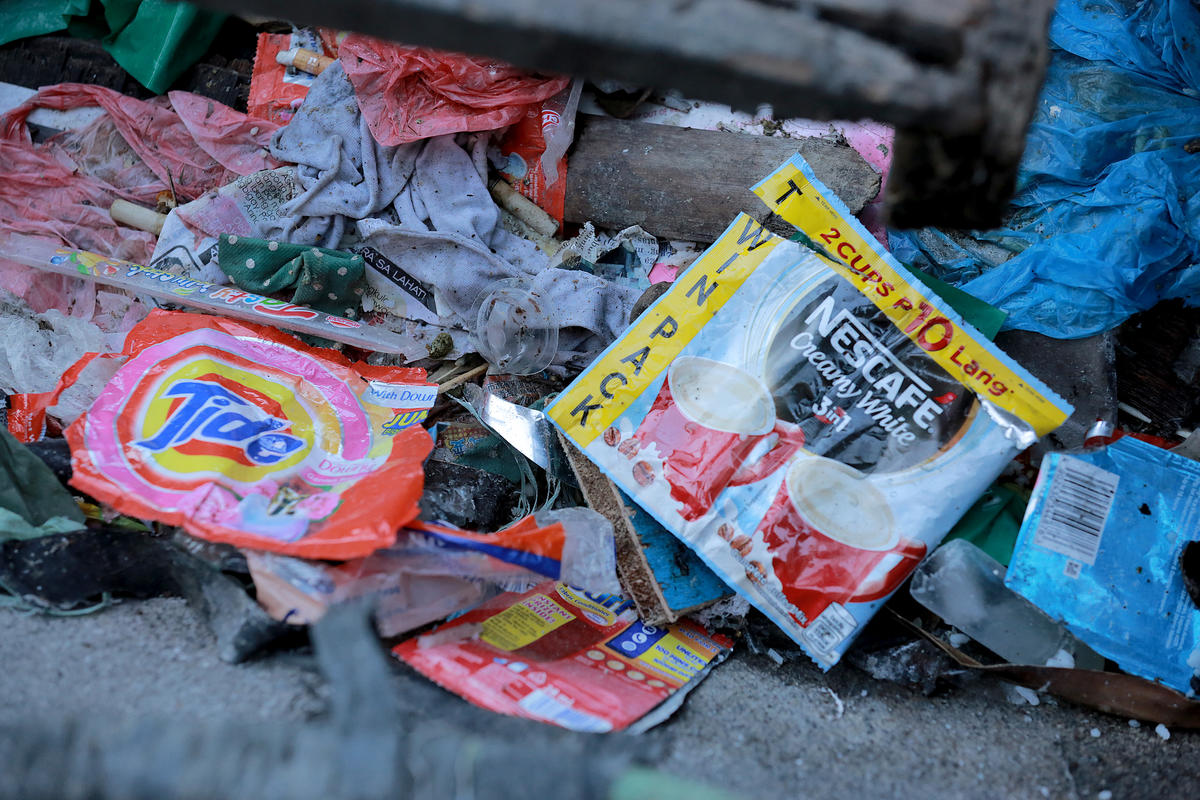
Plastic pollution has contaminated the land and oceans | Image: Greenpeace
Widely Used Material
Even if we try to cut back on plastic items, there is plastic on even unexpected items, such as milk cartons that are lined with plastic, omnipresent water bottles, and some products may even contain tiny plastic beads. Each time such items are discarded carelessly or thrown out, the toxic pollutants get an opportunity to enter the environment and do further damage. Landfills and trash dumps also become a problem as they allow pollutants to seep into the grounds and affect wildlife and groundwater for years to come.
Moreover, owing to its inexpensive and durable qualities, plastic is one of the most widely available and overused materials on the planet. Rapid urbanization and population growth further increase the demand for this cheap material. It is utilized in every other way possible, from packaging material to plastic bottles and containers, straws to plastic carry bags.
Made To Last Years
Humans tend to carelessly dispose of plastic items without thinking about their effects on the environment due to their inexpensiveness. When disposed of, it does not decompose easily and pollutes the ecosystems for years. The chemical bonds that makeup plastics are strong and prepared to last. Varying on the type, the decomposition rate of plastic typically ranges from 500 to 600 years. According to the Environment Protection Agency (EPA), in the US, every bit of plastic that is ever made and sent to landfills or dumped in the environment is still in existence.
Use in Commercial Industries
Commercial industries – such as fishing – are another major cause of plastic pollution. While it is an economic necessity and provides fish for tons of people for their daily survival, this industry has helped contribute to the problem in several ways. The fishing equipment used for certain large-scale trolling operations is usually made of plastic and when they reach their end of life, they are discarded in the oceans.
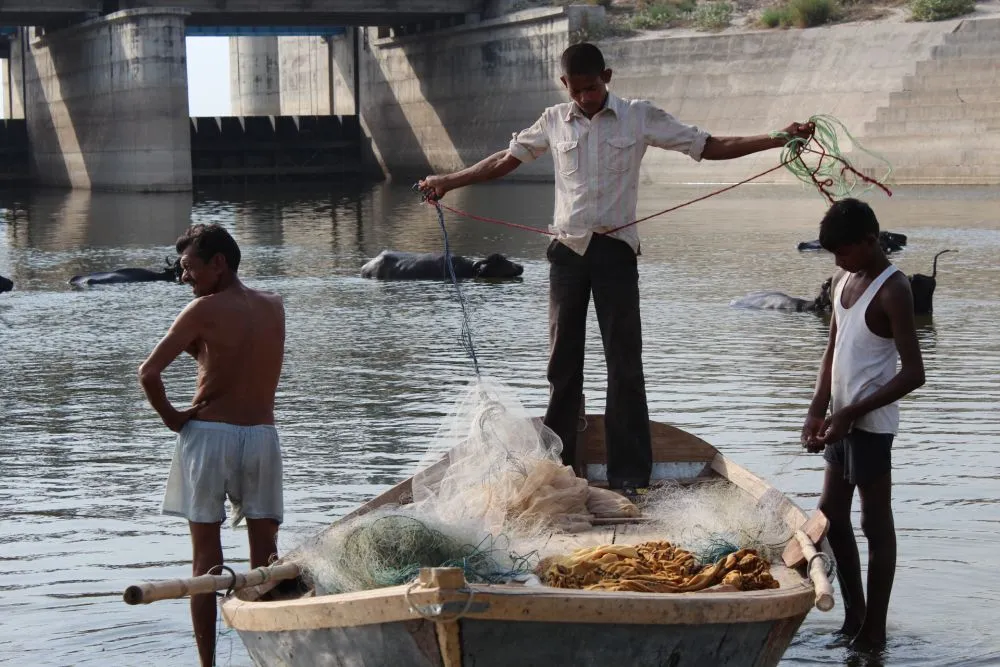
Image: Gangapedia
During their lifetime, their long hours spent submerged in the water cause them to leak toxins, and if they get broken up or lost in the water, they are left to remain wherever they fall. Plastic waste is also washed to shores from ships and nets used for fishing. This toxic material not only kills and harms the local wildlife but also pollutes the water, entraps marine animals that sometimes mistake plastic debris for food and ingest it.
Haphazard Disposal
The dumping of plastic waste is often mismanaged and it ends up in landfills to pollute the ecosystems with its toxins. As this non-biodegradable material is made to last, it is nearly impossible to break it down without releasing enormous amounts of greenhouse gases into the atmosphere. Incineration of the material is also incredibly toxic and can lead to harmful atmospheric conditions and fatal illnesses.
Although it is believed that recycling plastic can prevent its insufferable nature, but it doesn’t cut down on plastic as it essentially utilizes the existing plastic to create something new. The process of recycling plastic can also lead to plastic irritants being released in numerous ways. This vicious cycle of plastic pollution continues as new plastic items are being produced every day.
Drastic Effects of Plastic Pollution
The oceans are choking with plastic garbage that man so carelessly dispose of in them. Much study has been done on the issue, many steps have been taken to stop ocean plastic pollution, but to no avail. While it is no news that plastic debris can fatally injure marine species, the effects of ocean plastic on marine megafauna haven’t been studied much, which is killing many species.
However, according to a review of hundreds of scientific articles, plastic bags, and flexible packaging are the deadliest plastic items that pose a mortal risk to marine species, including whales, dolphins, turtles, and seabirds around the globe. Aquatic animals mistake the plastic debris for food, such as discarded fishing nets, latex gloves, and balloons, etc. which could prove lethal to them.
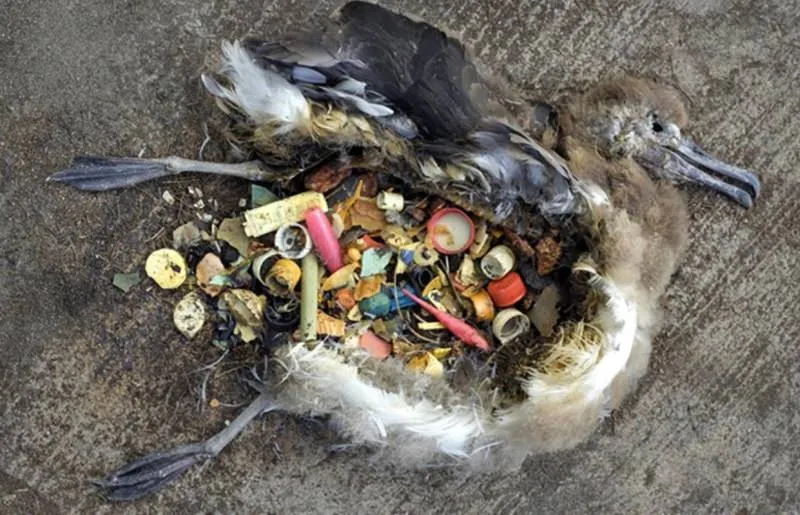
The oceans are choking with plastic garbage | Image: Twitter
Aquatic creatures are one of the most affected due to plastic pollution and now there’s more need to worry about. A study by the University of Tasmania Institute for Marine and Antarctic Studies (IMAS) has found that seabirds are getting plagued by a lot of health issues due to the ingestion of plastic waste that’s being littered into the oceans.
This study published in the journal Environmental Science & Technology was mainly concentrated in the region between the boundary of the Southern Ocean and the Tasman Sea, sandwiched between Australia and New Zealand. Here, the ocean garbage overlaps with a varied species of seabirds, which makes it a serious issue in the coming decade.
Microplastics have merged as a big threat to the health of the planet and its inhabitants. Measuring up to just a few millimeters in size, these plastic products are incredibly difficult to trace; however, scientists are trying to detect their presence and density in various ecosystems. In the latest discovery, researchers have found evidence of the highest levels of microplastics near the summit of Mount Everest.
Regions Most Affected by Plastic Pollution
Every region of the world has been profoundly affected by the toxicity of plastic pollution, especially the regions in developing countries. Various studies have put China, Indonesia, and the Philippines at the top for the most affected countries.
China at 8.8 metric tons, Indonesia at 3.2 metric tons, and the Philippines at 1.9 metric tons are the top three countries affected the most by plastic pollution. China and Indonesia are the top sources clogging global seaways. Most of the plastic waste can be seen on beaches and in water supplies.
China being the most populous country in the world produces more plastic waste, which mostly ends up in the oceans around the country. Microplastics have been found in the waterways of China. Microplastics have microbes attached to them which change the chemical structure of these plastics that create toxins. These toxins can adversely affect marine life, communities living around such contaminated water resources, and wildlife.
South Asia is another region deeply affected by the plague that is plastic pollution. Before the coronavirus pandemic, over 46,000 pieces of plastic polluted one square mile of the Indian Ocean on average. An estimated 5.2 trillion pieces of plastic are already polluting the ocean, with an additional 8 million tons entering each year, which means a garbage truck’s worth of plastic every minute.
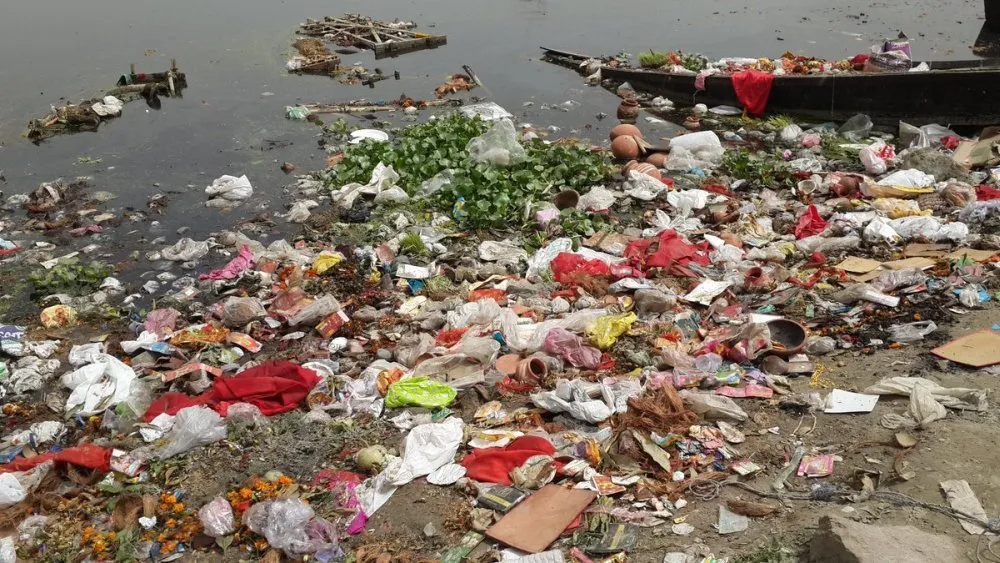
Developing countries have been profoundly affected by the toxicity of plastic pollution | Photo: Krishanan Chopra
South Asia’s transboundary rivers act as highways for plastic pollution to flow from mountains to the ocean, connecting South Asia’s three mountain economies and five ocean economies in a common cause. Plastic pollution across the region has reached a tipping point and can no longer be ignored.
South Asia leads the world in open discarding of plastic and all waste with 75 percent of South Asia’s 334 million metric tons per year explicitly discarded; 12 percent of this – 40 million metric tons per year – is plastic. Without any stringent actions, South Asia will have double its mismanaged waste to 661 million metric tons per year by 2050.
Benefits of Reducing Plastic Waste
Reducing carbon emissions has become an absolute necessity amid rapidly changing climatic conditions. Therefore, it is crucial to reduce the production of plastic. The majority of plastic is manufactured using non-renewable fossil fuels such as oil, with an estimated 4 percent of the world’s petroleum being used to make plastics.
Reduction in Carbon Emissions
This production creates a scary amount of carbon dioxide, increasing the greenhouse effect and warming the planet even more. With the reduction of disposable plastic consumption, the demand for the material can be decreased.
Moreover, recycling plastic waste is a very energy-consuming process and it releases plenty of carbon dioxide. While the process has been effecting since the disposable plastic has been made, it will be more energy-saving if plastic production is not produced, to begin with. Statistics show that only 9 percent of plastic gets recycled, much of the rest ends up in landfills, the oceans, or inside animals.
Safer for Wildlife
With an enormous amount of plastic washing up in the oceans every year, it is inevitable for marine animals to ingest some of it. Various studies have proven that marine plastic debris smell like food, tricking marine animals into eating it. The tiny pieces of broken-down plastic called microplastics, end up in the digestion systems of many living organisms, both tiny and big.
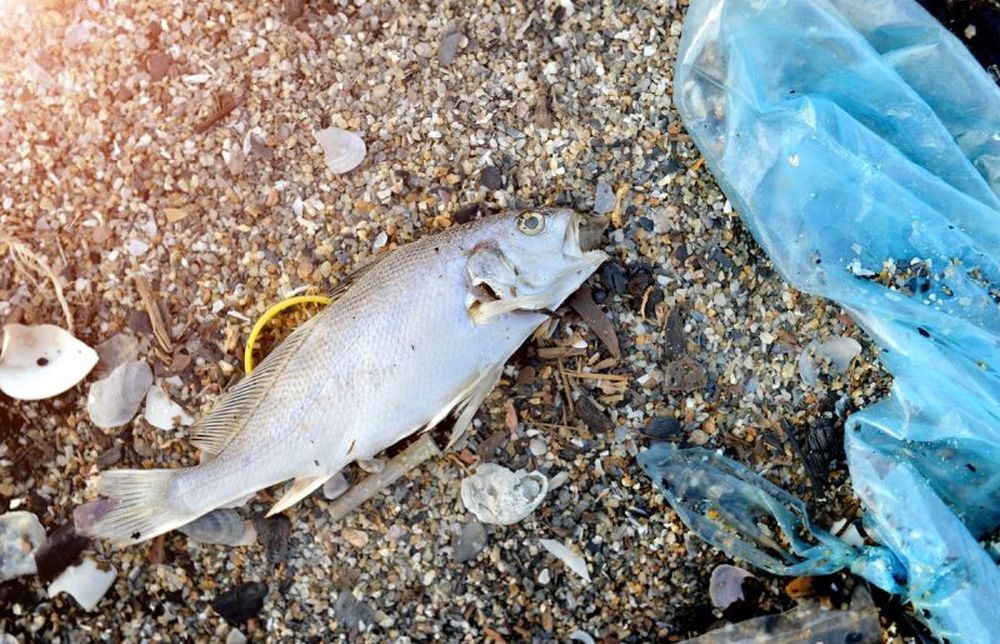
It is inevitable for marine animals to ingest some of it eventually | Image: The Pegasus Foundation
The toxicity of plastic can lead to disease and affect an animals’ ability to reproduce. In many cases, the animals suffer in pain for a long time before eventually dying. 80 percent of these microplastics come from plastic products that we use, such as bottles and bags. Furthermore, the animals get entangled in all kinds of plastic waste such as bags, nets, and bands, and lacking the bodily features or the understanding of how to get themselves out, they get stuck until life leaves them.
Safer for Humankind Too
Consumption of less plastic can also save humans too. When plastic breaks down into tiny millions of pieces, it seeps into the atmosphere and pollutes the very air, water, and food that humans consume. According to a study, each human could be ingesting an estimated 39,000 to 74,000 microplastic particles a year.
The chemicals leach out of plastics and create a myriad of health issues including cancer, cardiovascular diseases, diabetes, arthritis, increased risk of stroke, chronic inflammation, and other chronic diseases. The reduction of plastic consumption can help decrease the chances of such diseases stem in humans.
Clean Water and Food
Plastic has massively polluted the water resources around the globe, rendering them either useless or harmful for anybody’s use. When plastic doesn’t end up in the oceans, it usually goes into landfills. With the breaking of every plastic item – big or small, toxic chemicals leach out of them and seep into the groundwater, polluting the entire natural water cycle.
Imagine, if the basic necessity for life to survive and thrive gets contaminated, it affects every aspect of life on the planet. These toxins then get released into everything, including the soil where the food grows for most of the animal kingdom, the water that is drunk by every organism, and used for various other purposes.
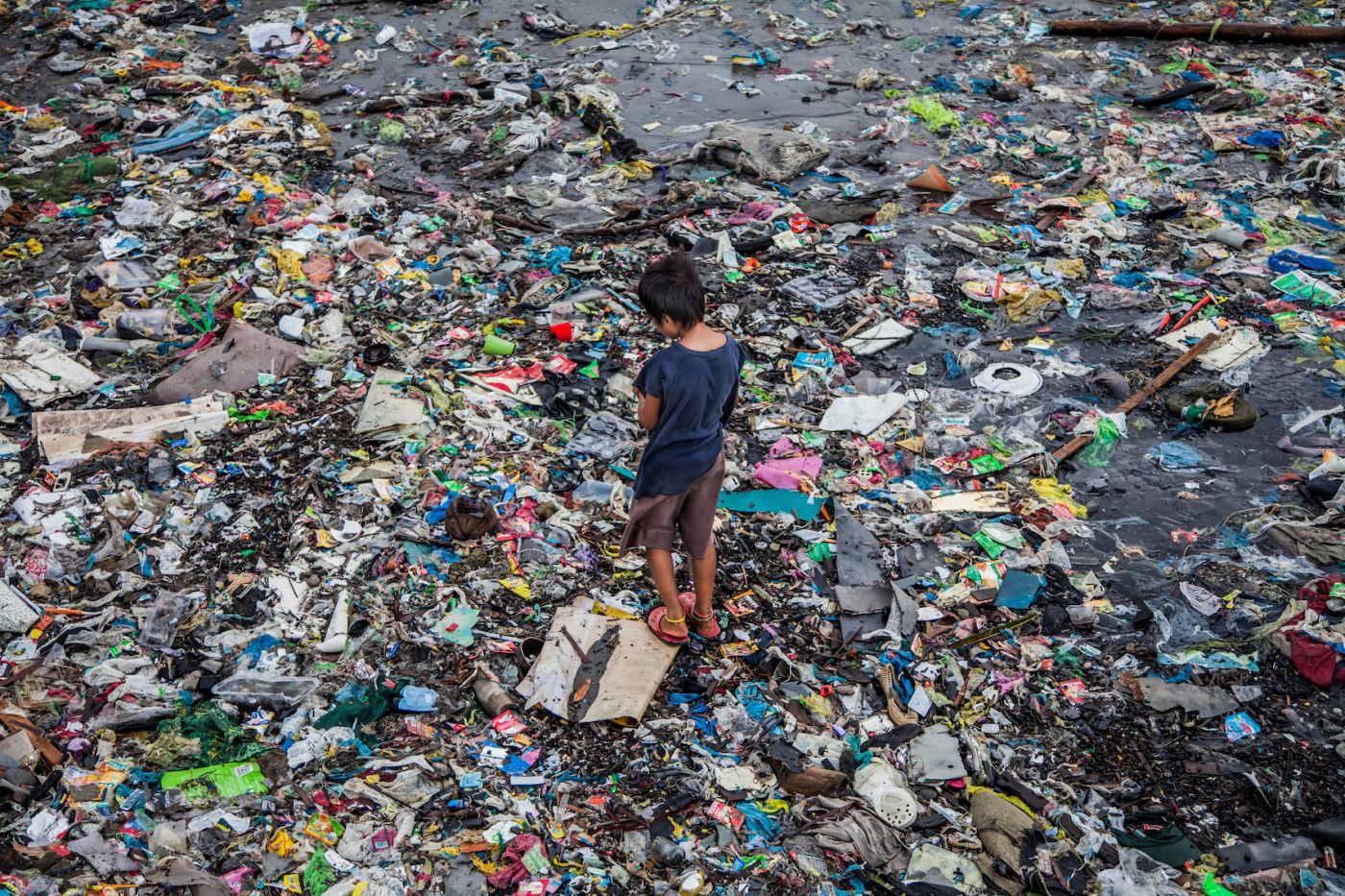
When plastic doesn’t end up in the oceans it usually goes into landfills | Image: Eco Warrior Princess
Every grain of food gets contaminated with plastic particles; it doesn’t matter whether the food is organically grown or GM-free, it still will be tainted with plastics as it is farmed using the earth’s water, which has existed on our planet for around two billion years and is now being contaminated with toxic chemicals.
Plastic-Free Air
As if polluting the food and water wasn’t enough, plastic has also poisoned the air that breathes life. An experiment in Paris discovered up to 60 plastic fibers per square meter in indoor air, and 1.5 fibers per square meter in the air outside. Another study approximated the exposure of up to 68,000 microplastic particles from dust that falls onto the food.
The scattering of plastic particles through the air is quite dangerous occurring. The microplastics have reached even the summit of Mount Everest. Reducing plastic consumption can help rid the air of plastic particles, which is undoubtedly be a great advance for the health of the planet.
Plastic Pollution Must End
Plastic is composed of major toxic pollutants and has the potential to cause great harm to every ecosystem. When it accumulates in an area and begins to negatively impact the natural environment and creates problems for plants, wildlife, and even human populations.
It cannot be stressed enough that plastic has turned the planet into a living hell. From water to air, from soil to the sky – every corner of the globe is stifling under the immense ecological pressure that this non-biodegradable material creates.
For the sake of life, every life form no matter how big or small, plastic pollution must come to an end. Recycling plastic doesn’t matter because it hugely contributes to climatic changes by emitting tons of carbon into the atmosphere.

